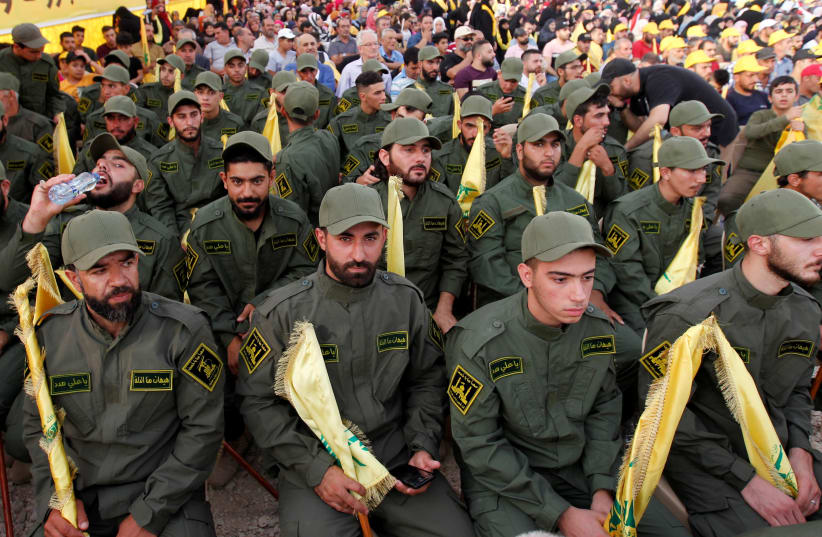The shrine represents more than just a religious site or a gathering place for militia members, it is part of an ecosystem that unites those across the region who see the cause in Syria as more than just fighting to preserve the regime, and see being members of Hezbollah or the IRGC or Shi’ite militias as more than just being members of an armed group. Lost in some of the discussion about Israel-Iran tensions or US Iran tensions or stories of “killer drones” is this more human devotional element. Some of those who travelled from as far away as Afghanistan to fight in Syria wanted to defend the shrine and defend Shi’ites and others.The shrine has also been in the spotlight over the last day due a personal feud that apparently resulted in the death of a Hezbollah member who was killed in an act of personal revenge. The full story is not yet clear. “A terrible crime, a young man slaughtered in cold blood in the shrine,” says the website El-Bayan. Other reports called the crime “horrific.”The shrine will continue to play an important role as a place of gathering for devotees across the region. It played a key role in the Syrian war. It was a unifying force and was once also the headquarters of a regiment called the Rapid Intervention Regiment. A member of the unit told researcher Aymenn Jawad al-Tamimi in 2017 that he was an Iraqi born in Syria and that “as soon as the crisis began and the danger arose to Sayyida Zainab, we put our trust in God and became soldiers of the Imam.” Later he became affiliated with Lebanese Hezbollah.This shows the network of Syrian, Iraqi and Lebanese Shi’ites who, under the banner of defending the shrine, joined together in 2012 and 2013 and have continued on from there with different armed groups. While Iran’s role in Iraq and Syria is sometimes seen as a “land bridge” to Hezbollah, it is also very much a land bridge built on personal and religious connections on the ground between groups who have fought together for years for a common cause. It is more complex for them than just seeing their role as one related to the US or Israel, when many originally joined out of a belief, in part, that they were serving a cause to defend their coreligionists and a shrine.For the two men killed by Israel in the airstrike on August 24 and who were buried near the shrine, the war is now over. The IDF statement says that they stayed in Iran many times over the past year and underwent training with the Quds Force. Photos show them on Mahan Air. “The two operated during the last few weeks as part of the Shi’ite militias, under the command of the Quds Force, in order to carry out the drone attack against Israeli targets.”تفاصيل مقتل عنصر من ميليشيا "حزب الله" ذبحاً في السيدة زينب بدمشق#أورينتلقراءة الخبر كاملاً اضغط على الرابط https://t.co/pTTZ6N32bs pic.twitter.com/KDjrn2FZnW
— Orient أورينت (@OrientNews) August 27, 2019
The Shi’ite shrine in Damascus spotlighted after recent airstrikes
Two men killed in Israeli airstrikes were interred in funeral, draped in flags memorializing Sayyida Zainab, the Prophet Mohammad’s granddaughter.
